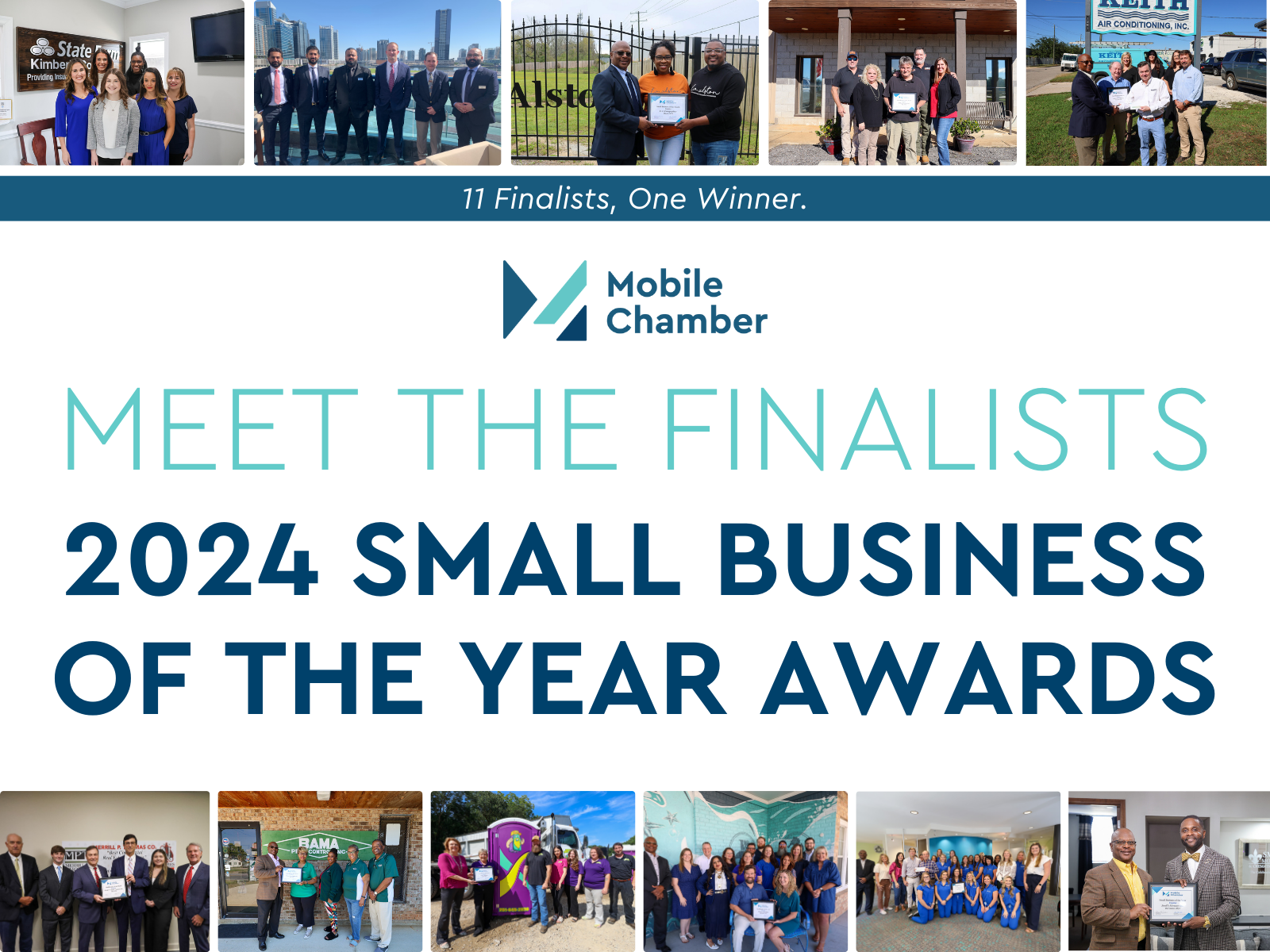SECURE 2.0 Act
Kevin Hamaker, CPA, MPAcc, and Partner at BSB CPAs + Business Advisors, added that, effective January 1, 2020, and later updated on December 29, 2022, the SECURE 2.0 Act offers credits for implementing a 401(k) plan or adding an auto-enrollment feature to a plan. SECURE 2.0 has various provisions, including increasing the RMD age for IRA and 401(k) accounts and altering the catch-up contribution limit for older workers with workplace plans. The legislation also aims to assist younger individuals with saving while repaying student loans, simplify transferring accounts from one employer to another, and allow people to save for emergencies using retirement accounts.
Hamaker recommended that, in addition to exploring credits and the federal level, small businesses look into the hundreds of state and local credits available –– especially those related to the R&D and the Work Opportunity Tax Credits.
Butler had a few other suggestions for federal tax credits to explore:
- Retirement Plans Startup Costs Tax Credit: Eligible employers can qualify for this credit to cover the initial costs of establishing retirement plans like SIMPLE IRA, 401(k), or SEP. Meeting the specific eligibility requirements related to employee count, compensation, and plan history can reduce the amount of taxes owed by the business.
- Plug-In Electric Drive Vehicle Credit: If your business purchased a new plug-in electric vehicle in 2022 or earlier, this credit of up to $7,500 could be available to you. Qualifications include a gross vehicle weight under 14,000 pounds, an external charging source, and manufacture by a company that has sold fewer than 200,000 electric vehicles in the United States. Vehicles purchased after August 16, 2022, must undergo final assembly in North America to qualify.
- Alternative Motor Vehicle Credit: Individuals who qualify for this tax credit must be the original buyers of eligible vehicles powered by alternative energy sources for business or investment use. The tax credit is available to those who use the vehicle primarily in the United States.
- Empowerment Zone Employment Credit: With this tax credit, businesses in empowerment zones, or distressed areas, that hire and retain employees in that area can claim up to $3,000 per employee. The tax credit can be renewed annually and doesn’t limit the number of eligible employees.
- New Markets Credit: This tax credit helps revitalize struggling economies by offering a 39% tax credit over seven years to private investors who fund community development entities in low-income communities.
- Employee Retention Credit: Butler recommended exploring the Employee Retention Credit for small businesses whose operations were partially or fully suspended due to the COVID-19 pandemic. Companies can claim a refundable tax credit of up to 50% of $10,000 in qualifying wages for each full-time employee who you kept on your payroll in 2020 (up to a $5,000 credit for each employee). The value increases for 2021 wages, with 70% of qualifying wages of up to $10,000 each quarter (up to $21,000 credit for each employee).
[Everything you need to know about the Employee Retention Tax Credit]
Natural disaster tax relief
In addition to the array of small business tax credits, tax relief in disaster situations is available to help individuals and businesses impacted by severe natural disasters, such as winter storms, tornadoes, hurricanes, seawater intrusion, flooding, wildfires, and other severe storms.
A president has to declare an area as eligible for federal government assistance due to a major disaster, therefore declaring the area as a qualified disaster zone. Once declared, those in the area may be granted extensions for tax filing, payment deadlines, and additional tax relief measures. Disaster-related deductions due to lost or damaged property may also be available to qualifying businesses and individuals, leading to larger refunds.
Taxpayers may need to provide tax transcripts, which can be obtained online or by mail, to support disaster claims. The IRS waives fees and expedites requests for disaster-related amendments or applications for disaster benefits. If individuals need to temporarily change their address due to a disaster, they can notify the IRS using Form 8822. Overall, these measures aim to provide financial support and relief to those affected by natural disasters.
Butler noted that now is the time to begin preparing your tax return to make sure you’re taking full advantage of the credits and deductions available. Consult your accountant to see which of these credits you qualify for and make sure you’re not leaving any money on the table this tax season.
This article was originally written by Emily Heaslip and Lauren Kubiak.







